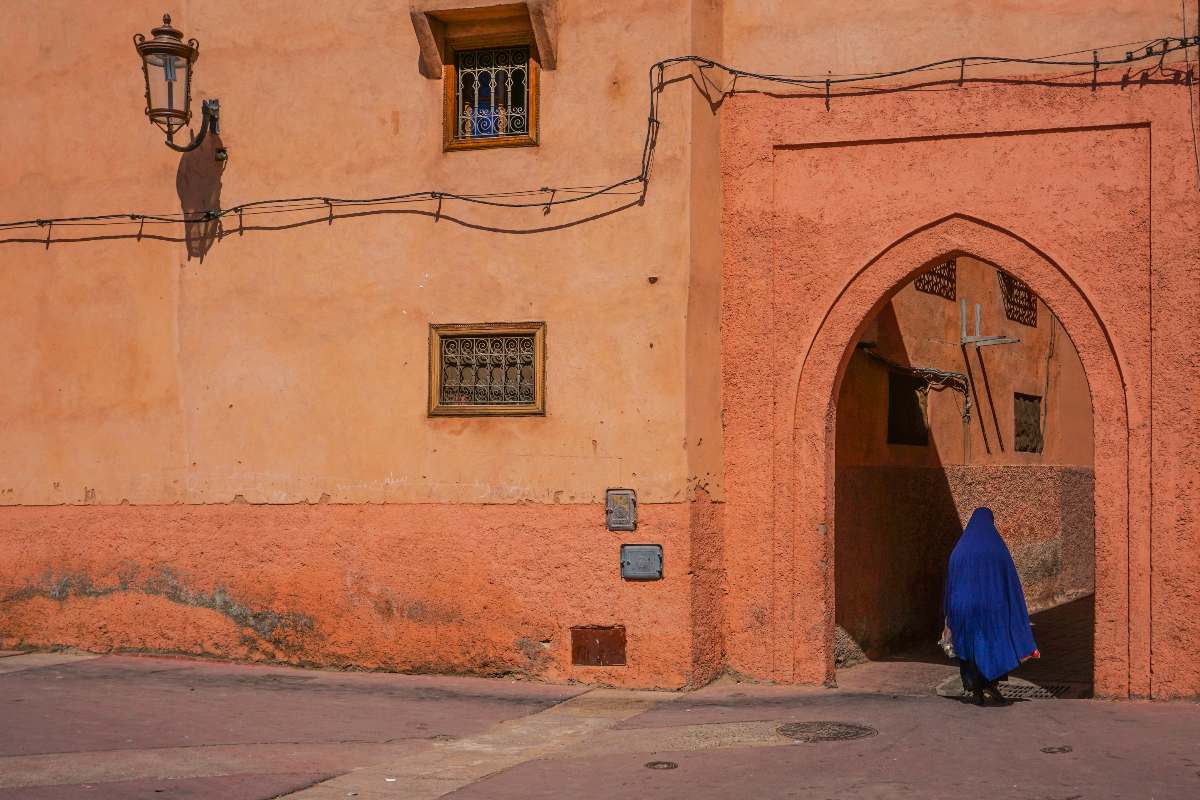When you arrive in Morocco, you will surely find a country very different from yours, in all kinds of aspects: the language, the currency, the society… Therefore, to understand everything you will see around you and, above all, to manage well on your own, you will need to know some basic information about Morocco. This is what we offer you below.
Before organizing your trip in Morocco, you will have to familiarize yourself with its geography. These are some of the brushstrokes that will help you understand its map: its extension, its borders, its administrative division, etc.
Morocco is a geographically very large country, with a population density in line with many western countries, but with great contrasts between one region and another. This is a summary table:

Morocco has a highly centralized form of state, in which the king continues to hold significant political powers, either by law or by his own influence. In any case, the modernization process of recent years has also reached politics.
As you move through the streets of Morocco or travel between its cities, there will be some symbols that will recur on a recurring basis. They are the symbols of the State:
Fill out the form below to receive a free, no-obligation, tailor-made quote from an agency specialized in Morocco.
Travel agency and DMC specialized in private and tailor-made trips to Morocco.
Mandala Tours, S.L, NIF: B51037471
License: C.I.AN-187782-3